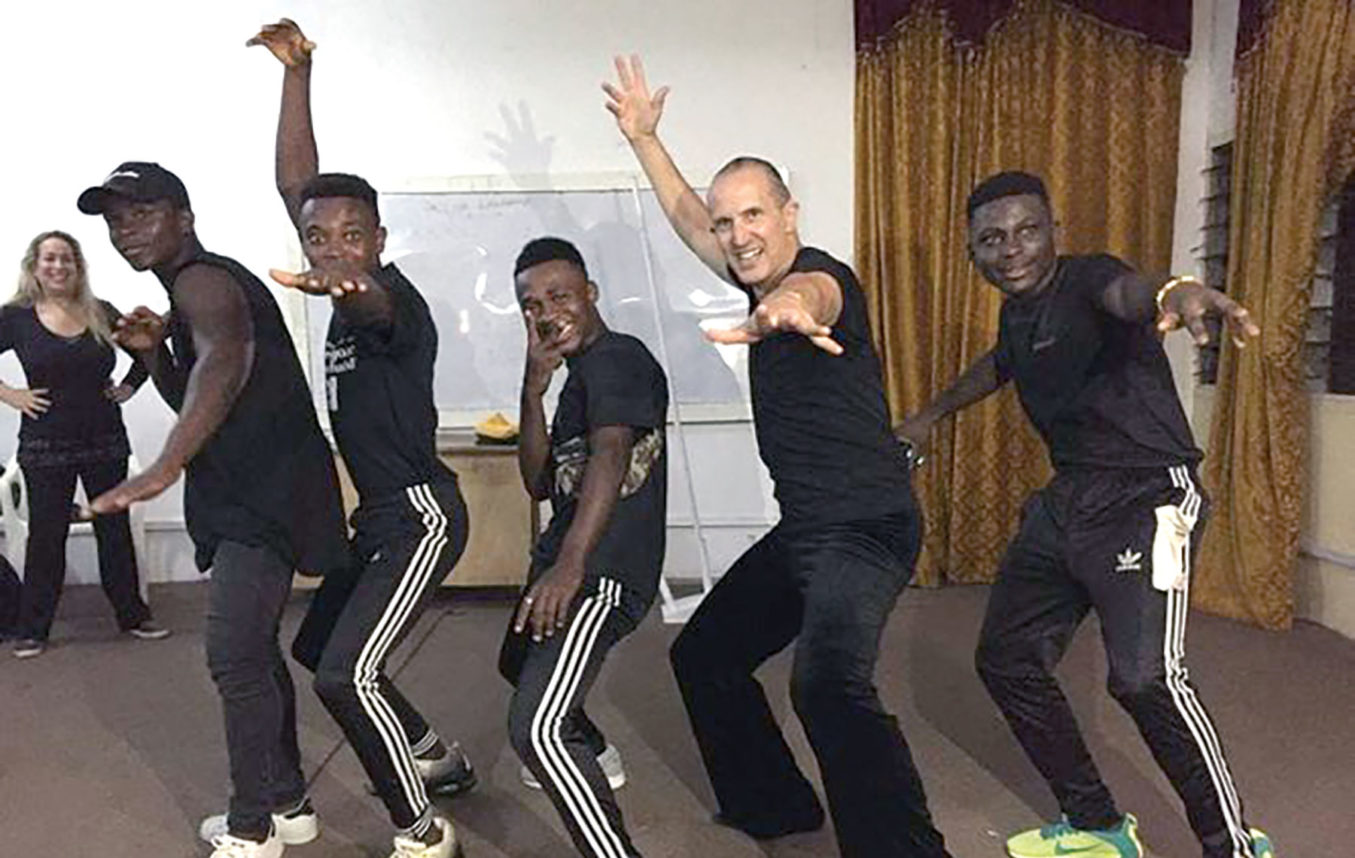BY DEBORAH DANAN
JAN 16, 2019
HUMANS OF ISRAEL
Amnon Damti was 10 years old when he saw a performance by Russia’s Bolshoi Ballet on television and knew he had found his calling.
Five years earlier, Damti traveled with his mother from their home in Northern Israel to Jerusalem. They arrived at a building that was teeming with children. It was a glorious time for him and he played games all afternoon. But later that evening, he realized his mother had disappeared. He searched for her everywhere. A counselor eventually came to tuck him into bed and told him gently that he would be living here from now on. Jerusalem’s Institute for Deaf Children became his home for the next 13 years.
Decades later, that story would become the inspiration for a dance called “Man in Shadow of Bird,” which Damti, Israel’s most famous deaf-born dancer, would perform in the White House in front of President George H.W. Bush.
Damti dances by feeling the vibrations of the music in the floor. For three months, he worked closely with the composer behind the music for the White House piece, which told the story of a bird whose only desire was to be set free from its cage. Yet when that finally happened, the bird couldn’t handle it.
“I wanted to be free, in body and mind. But when I left the institute, I felt too open. Suddenly, I could no longer communicate. My wings were broken,” he said.
Jill, Damti’s wife of 29 years, acts as his interpreter. Early on, she made the decision that she would not become his voice. With the exception of media interviews, Damti finds ways to make himself understood.
“I wanted to be free, in body and mind. But when I left the Institute for the Deaf, I felt too open. Suddenly, I could no longer communicate. My wings were broken.”
Jill, who is not hearing impaired and who learned sign language from Damti, became his dance partner. In 1989, they formed “Two Worlds.” It became the longest-running dance show in Israel’s history, combining dance, pantomime and audience participation. The show was named “Two Worlds” to describe their respective dance backgrounds: Damti trained in classical dance and ballet, while Jill’s background was in synchronized swimming.
The have traveled the world performing in all manner of institutions, including prisons, shelters for asylum seekers, embassies and orphanages. Last year, they were invited to work at a secret location in Southern California for children and teenagers rescued from sex trafficking. Holding hands is often part of the couples’ dance therapy. However, because of the trauma these children had undergone, they were given strict instructions not to use touch. Nevertheless, one by one, the children started to open up.
“Slowly, slowly, they took their hands out of their pockets, put down their hoodies and gave a small smile,” Jill said.
At one point, they asked the group to clasp their hands together in the sign for “Shalom” and make a wish.
“I will never forget the face of these kids,” Jill said. “It was so powerful to see everyone make their wishes, a look of survival.”
Damti recalled a moment from his own youth when he finally understood that he, too, mattered. It was when he saw dancing on television for the first time.
“I had always felt closed, like no one knew my world or knew me,” he said. “Suddenly, I felt proud of myself, proud of who I am, of my deafness and of my dance.”
Source: jewishjournal.com/culture/lifestyle/humans-of-israel/292415/amnon-damti-dancing-to-a-different-tune/





